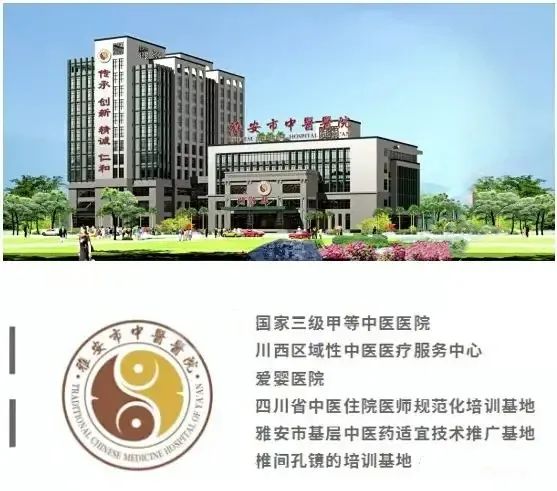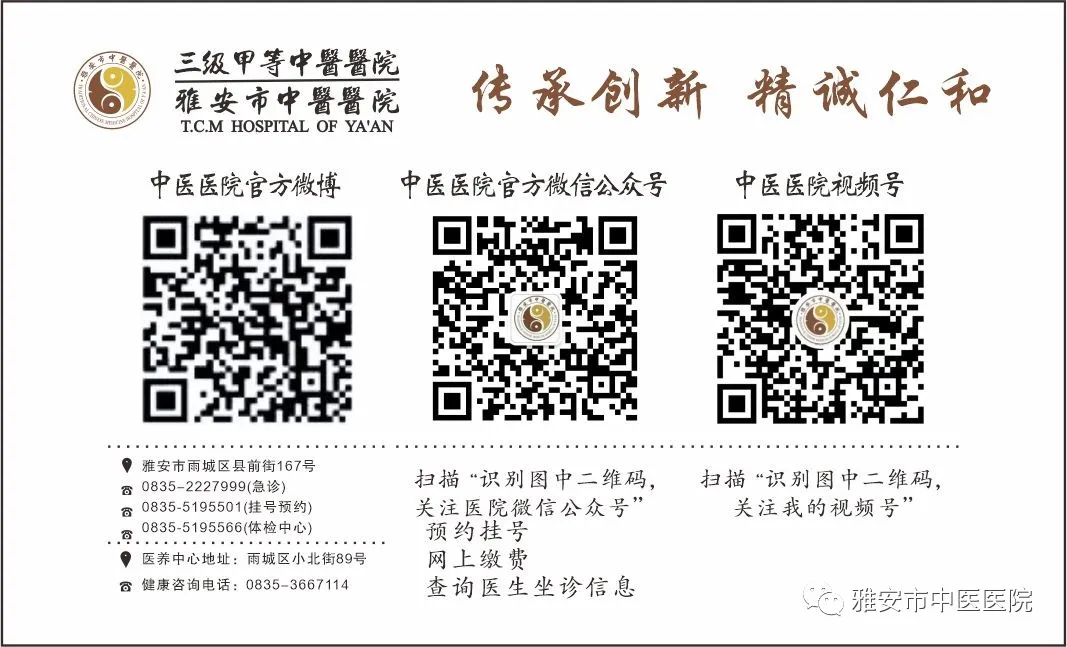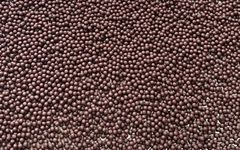
The Ming Dynasty’s “Shen Shi Yao Han” states: “Decoctions (汤, tang) are for major illnesses; powders (散, san) are for acute conditions; pills (丸, wan) are for chronic conditions, treating them gently and gradually.” This indicates that the form of the medicine is crucial for treating diseases. For acute illnesses, decoctions, powders, and granules are preferred, while for chronic diseases or during recovery, pastes and pills can be used for regulation. When selecting pills in TCM formulations, considerations must include efficacy, safety, production (properties of the herbs), and patient compliance. This article provides a brief introduction.
1. What are Pills?
Pills (丸, wan): Refers to spherical or quasi-spherical preparations made from finely powdered herbs or extracts combined with suitable binders or excipients, primarily for oral administration. Traditional Chinese medicine pills include honey pills (蜜丸, mi wan), water honey pills (水蜜丸, shui mi wan), water pills (水丸, shui wan), paste pills (糊丸, hu wan), wax pills (蜡丸, la wan), concentrated pills (浓缩丸, nong suo wan), and drop pills (滴丸, di wan). Chemical pills include drop pills and sugar pills.
2. Classification of Pills
2.1 Classified by Excipients(1) Honey Pills (蜜丸, mi wan): Pills made from finely powdered herbs using honey as a binder. Examples include Beijing Tongrentang’s Da Huo Luo Wan, Wu Ji Bai Feng Wan, and An Gong Niu Huang Wan. Pills weighing 0.5g or more are called large honey pills, while those weighing less than 0.5g are called small honey pills. This type of preparation is not suitable for diabetic patients.(2) Water Honey Pills (水蜜丸, shui mi wan): Pills made from finely powdered herbs using refined honey and water as binders. Examples include Er Mu Ning Sou Wan and Huang Lian Shang Qing Wan. Diabetic patients should avoid this type of preparation.(3) Water Pills (水丸, shui wan): Pills made from finely powdered herbs using water (or other moistening agents such as yellow wine, vinegar, or diluted herbal juices) as a binder. Alcohol can dissolve resins and oils in the herbs, increasing the stickiness of the powder, but its stickiness is lower than that of water. If water makes the mixture too sticky, alcohol can be used instead. Alcohol also has pharmacological effects and is often used in pills that promote blood circulation and relieve muscle tension, such as She Xiang Bao Xin Wan. Vinegar, commonly rice vinegar (containing 3%-5% acetic acid), is used in pills that dispel blood stasis and relieve pain, as it helps dissolve alkaline components in the herbs, enhancing efficacy, such as Mu Xiang Shun Qi Wan and Xiang Sha Liu Jun Wan.(4) Paste Pills (糊丸, hu wan): Pills made from finely powdered herbs using dough or rice paste as a binder. Examples include Xiao Jin Wan and Kong Yan Wan.(5) Wax Pills (蜡丸, la wan): Pills made from finely powdered herbs using beeswax as a binder. An example is Fu Ke Tong Jing Wan.(6) Concentrated Pills (浓缩丸, nong suo wan): Pills made from all or part of the herbs extracted and concentrated, combined with suitable excipients or remaining powdered herbs, using water, refined honey, or a mixture of refined honey and water as binders. Examples include Dao Yao Wan and Liu Wei Di Huang Wan. Extracted herbs are generally fibrous, toxic, mineral, or animal-based, and some require special processing to ensure safety and efficacy. For instance, the waist pain pill (腰痹丸, yao bi wan) and fracture pill (骨折丸, gu zhe wan) from our hospital are classified as concentrated water pills.2.2 Classified by Preparation Method This includes general pills, plastic pills, and drop pills. The general preparation method involves alternating the addition of powdered herbs and moistening agents or binders in suitable equipment, gradually increasing the size of the pills. This method is time-consuming and labor-intensive, as seen in the Chinese Pharmacopoeia’s Er Miao Wan and Zuo Jin Wan.The plastic preparation method involves mixing powdered herbs with suitable excipients (mainly moistening agents or binders) to form a malleable mass, which is then shaped into strips, cut, and rolled into pills.
Drop pills are made by heating and melting the raw materials with suitable matrices, then dropping them into a non-miscible, non-reactive cooling medium to form spherical or quasi-spherical preparations. They are primarily for oral use but can also be used externally or for local application in the eyes, ears, nose, rectum, and vagina, such as Su Xiao Jiu Xin Wan.
3. Characteristics of Pills
Traditional Chinese medicine pills are one of the traditional forms, with the following main advantages:
① Slow drug release, with a gentle and lasting effect;② Can accommodate a larger amount of semi-solid or liquid medicines;③ Valuable, aromatic, and medicines that should not be boiled for long are suitable for pill form;④ Coated pills can mask unpleasant odors and improve stability and aesthetics;
⑤ Simple preparation methods and minimal equipment required.
4. Disadvantages of Pills
① Large dosage makes it difficult for children to swallow, and they are generally unsuitable for acute conditions;② Lower bioavailability;③ Incomplete quality standards, with unstable active ingredient content;
④ Improper manufacturing techniques can lead to uncontrolled dissolution times and susceptibility to microbial contamination and spoilage.
In summary, professionals need to combine clinical differentiation and the characteristics of the prescribed herbs to determine which type of pill is suitable for the prescription and what manufacturing process should be used to create safe and effective TCM formulations, ensuring therapeutic efficacy for patients.
Source: Pharmacy Department, Zheng Zelian
Reviewed by: Jin Chengyong


